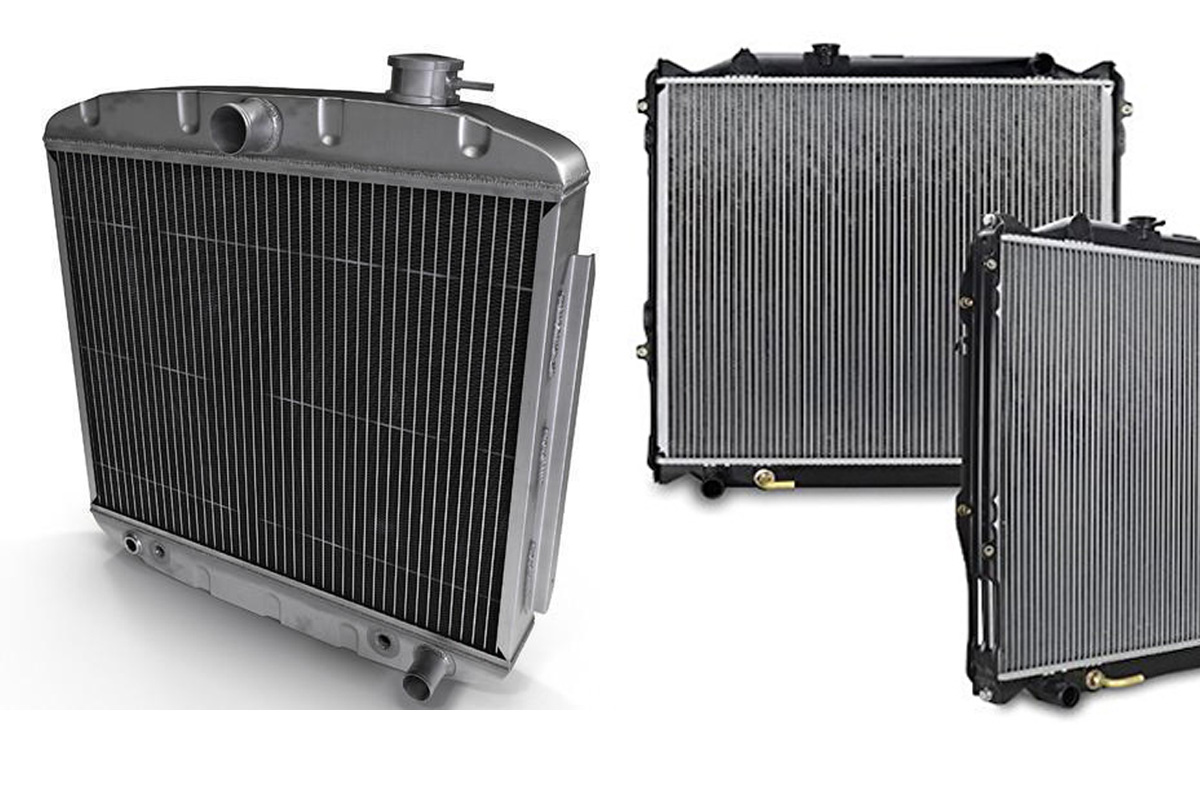Fuel is continually burning within your car’s engine. While much of the heat from this combustion escapes through the exhaust system, some of it heats up the engine. When the coolant temperature is at 93 degrees
The combustion chamber is hot enough to evaporate the fuel entirely, resulting in improved combustion and lower pollutants.
Because the engine oil has a lower viscosity (thinner consistency), the engine parts move more readily and the engine loses less energy moving its own components around.
Metal parts last longer
On automobiles, there are two types of cooling systems: liquid-cooled and air-cooled.
Cooling by liquid
On liquid-cooled automobiles, the cooling system circulates a fluid through pipes and passages in the engine. This liquid absorbs heat as it travels through the heated engine, cooling it. After leaving the engine, the fluid travels through a heat exchanger, also known as a radiator, which transfers heat from the fluid to the air passing through it.
Cooling by air
Air-cooled vehicles include several older models and a small number of current vehicles. Instead of circulating fluid through the engine, aluminium fins on the engine block transfer heat away from the cylinder. Air is forced over these fins by a strong fan, which cools the engine by transferring heat to the radiator.
A heat exchanger, such as a car radiators, is a form of heat exchanger. Its purpose is to transmit heat from the hot coolant flowing through it to the air blown by the fan.
Aluminum radiators are used in the majority of modern automobiles. Car radiator price is also very reasonable.
Brazing thin aluminium fins to flattened aluminium tubes creates these radiators. The coolant circulates via a series of parallel tubes from the intake to the exit. The heat from the tubes is transferred to the air passing through the radiator by the fins.
A turbulator is a sort of fin that is occasionally put into the tubes to increase the turbulence of the fluid passing through them. Only the fluid immediately touching the tubes would be cooled if the fluid moved extremely smoothly through the tubes. The quantity of heat transmitted to the tubes from the fluid passing through them is determined by the temperature differential between the tube and the fluid it comes into contact with. As a result, if the fluid in contact with the tube cools rapidly, less heat is transmitted. By producing turbulence inside the tube, all of the fluid mixes together, maintaining the temperature of the fluid hitting the tubes high enough to extract additional heat, and all of the fluid inside the tube is efficiently utilized.

